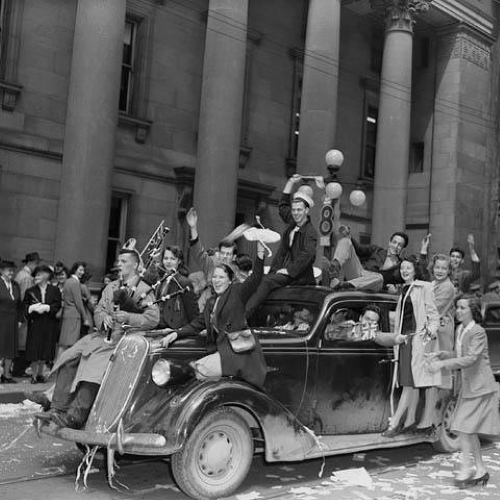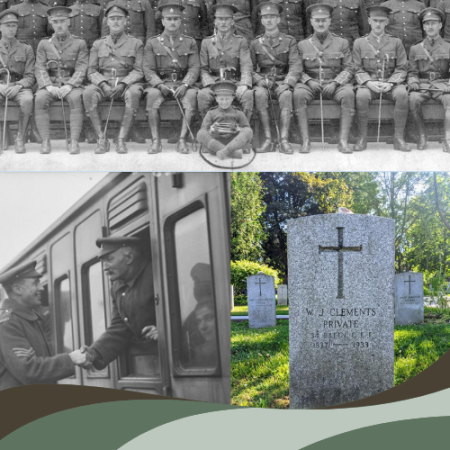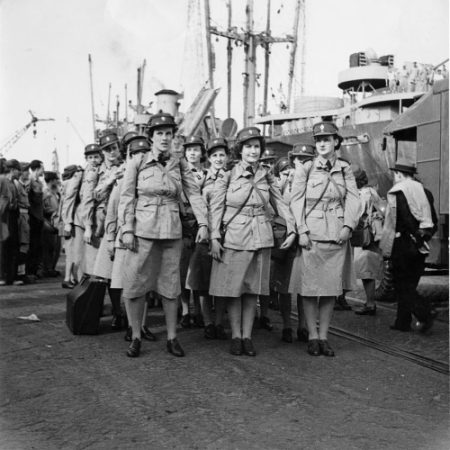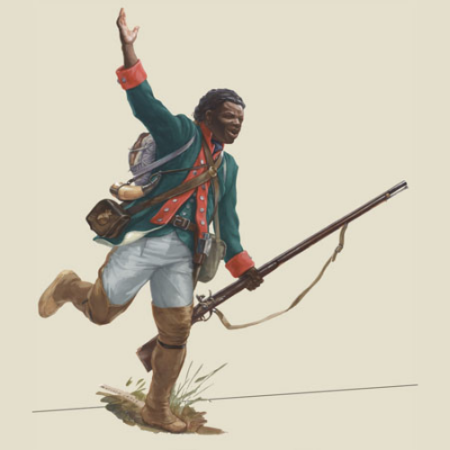On May 8, 1945, the Allies declared victory over fascist forces in Europe. In other words, VE Day! Long-awaited, Canadians celebrated the end of the Second World War in the streets of major cities across the country and Europe.
During the nearly 5 and a half years of the Second World War, over one million Canadians served in the North Atlantic Ocean, Italy, Hong Kong, the Netherlands, France, and Germany. One in eleven Canadians participated and, in total, 42 000 were killed (22 917 in the army, 17 101 in the Air Force, and 2 024 in the Navy). It was a long, arduous war whose end was long awaited. When Victory in Europe Day (VE-Day) was declared on May 8, 1945, excited celebrations spilled into streets and neighbourhoods throughout the world.
The end of the war
The surrender of Germany was not a surprise to the Allies. Since the start of the Italian campaign on September 23, 1943, and the Normandy landings on June 6, 1944, a Nazi defeat seemed inevitable. Things came to a head on April 30, 1945, when Adolf Hitler committed suicide in his bunker. In fact, early reports and rumours of Germany’s surrender after the führer’s death even circulated prior to the official celebrations!
As a matter of fact, on May 7, 1945, Nazi Germany signed an unconditional surrender to the Allied armies. For Europe, the war was over. The news reached Canada on the same day and Prime Minister Mackenzie King, who was in San Francisco at the time, wrote in his diary: “this has been a good day — a happy day… one in which the burden has been greatly lightened from the knowledge that Nazi militarism has, at last, been destroyed.”
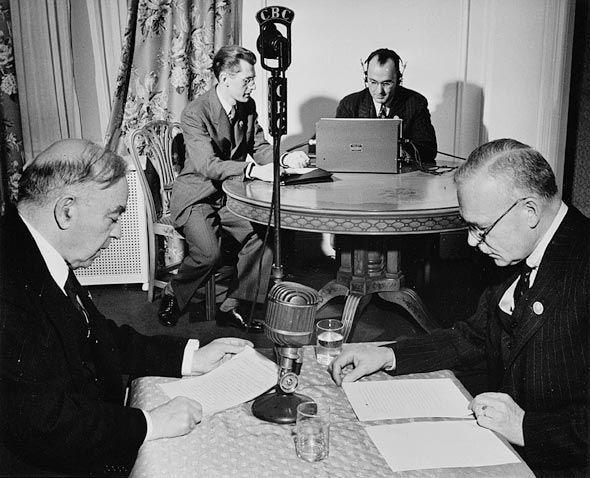
Like the Canadian Prime Minister, not everyone was at home to celebrate. Around 200 000 members of the First Canadian Army were still in Europe at the time of VE-Day. In addition, 19 Royal Canadian Air Force (RCAF) fighter and fighter-bomber squadrons, as well as 250 Royal Canadian Navy (RCN) warships, were abroad when victory in Europe was officially declared. However, hundreds of those navy and air force personnel joined the revelries in Britain and France.
The celebrations in Europe and Canada
The news of the end of the war was greeted with great enthusiasm in all of Europe’s major cities. Many European cities, especially those in England, had been perpetually blacked out for nearly 5 years due to the impending threat of air raids by the enemy. On the 8th of May, 1945, lights were free to shine again.
Adding to the enthusiastic atmosphere, shops closed down as parades, concerts, singing, and dancing took place. All over Europe, the high streets were crowded with people celebrating either the end of the fighting or the liberation. The future Queen Elizabeth II herself celebrated the end of the war incognito in the streets of London! In addition to celebrations in the Soviet Union, Poland and France, the majority of Canadian celebrations took place in Great Britain, where many troops were still garrisoned.
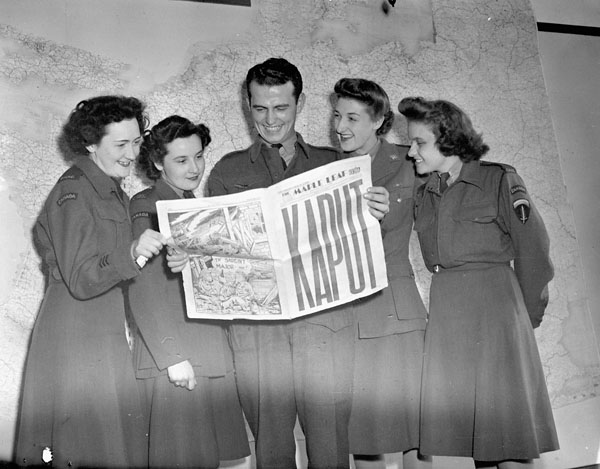
George “Sparks” Shaker, a civilian volunteer with the Canadian merchant marine, found himself in London during VE-Day after spending four years as a Prisoner of War in a German camp. He was freed only weeks before and, as luck would have it, had a stopover in London while on the way back to Canada. He wrote in his diary:
“The whole population of London was stark raving mad with happiness. Men and women were hugging and kissing everyone within reach. Every statue, every lamp post, every window was draped with people screaming and shouting. Every bell from every steeple was ringing. The bedlam was a joyous sound like nothing we had ever heard.” (source)
Shaker recalls the glory of all of London’s lights ablaze and the generosity he experienced at the hands of total strangers:
“We were eventually directed to a hotel frequented by naval personnel and, after informing the manager from where we had come, he immediately found accommodation for us. After settling in our rooms, my friends and I headed for the streets of London and the most glorious celebration of all time.” (source)
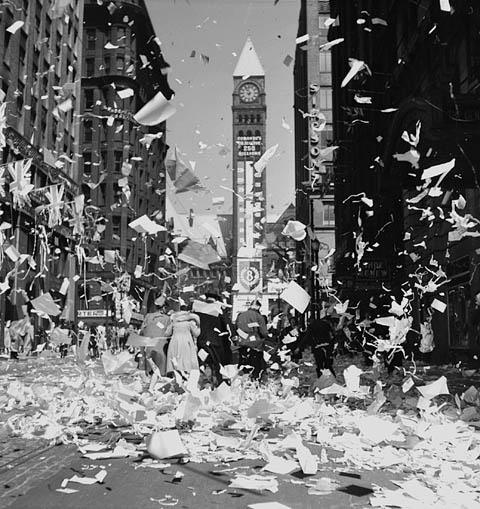
In Canada, celebrations were held in every major city. Normally, the announcement of the German surrender would not have been made until 36 hours after the signing, but journalists were quick to publish the news! Canadians thus celebrated on May 8, instead of a couple days later.
In Toronto, parades, concerts, religious celebrations and fireworks punctuated the enthusiasm in the streets. In Quebec City, people put on their best clothes and went to the Notre-Dame-de-Québec Cathedral Basilica to listen to speeches by Cardinal Jean-Marie-Rodrigue Villeneuve and Mayor Lucien Borne. In Montreal, The Gazette article described the joyous drunkenness of citizens… and motorists: “their horns howling, their drivers zig-zagging and foolhardy merrymakers hanging on to mudguards, spare tires, hoods, fenders, radiator caps – anything they could get a foothold or a handhold.” (source)
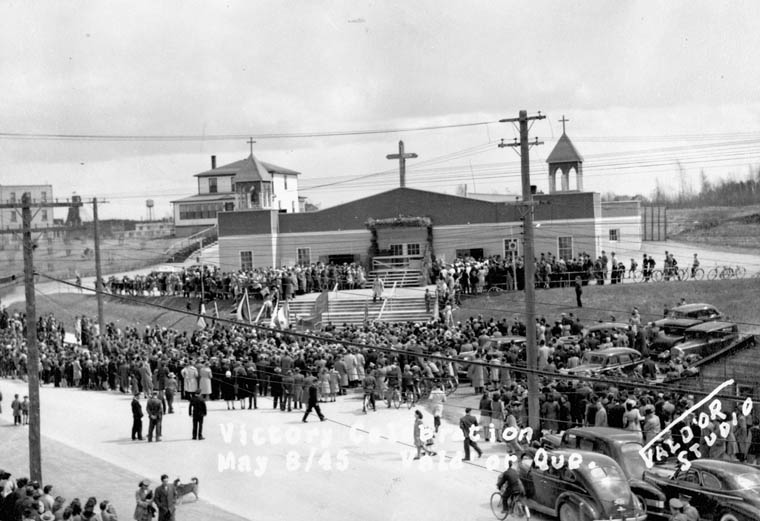

In Ottawa, resident James McKinlay Sharp took his camera and filmed the crowds in the streets. His films are now in the collections of the Canadian War Museum, but the Canadian Army Newsreels has several filmed scenes of the celebrations in Moncton, Montreal and Ottawa:
Remembering the dead
However, the war was not yet over and pockets of enemy resistance remained. In fact, Canadian soldiers continued forward with their mission to liberate the Netherlands from the last vestiges of German occupation, and the war in the Pacific continued unabated – not to mention the hundreds of Canadians still imprisoned in camps in Hong Kong and Japan. Prime Minister King took to the radio to remind his fellow Canadians that, “the Nazi beast has been slain, but we must fight Japanese militarism until total victory is achieved.” Meanwhile, manufacturers in Canada continued to produce war materials to aid in the ongoing fight against the Japanese.
Despite all the jubilance, the deaths of millions and the horrors of war tempered the spirits of many. During the May 8 celebrations, Vancouver’s mayor notably declared:
“Of course, each one will celebrate the end of the war in his or her own way, but I further suggest that our jubilation be tempered with the thought that there will be little joy in thousands of Vancouver homes where an only son, or several sons or other members of the family have given their lives to make V-Day possible.” (source)
Communities across Canada were deeply affected by the tragic loss of their young men and women. Many found themselves widows. In the small town of Sackville, New Brunswick 350 of their men enlisted — ten per cent of their population — of which 33 died. For many town residents, VE-Day became a day for remembrance and reflection rather than celebration.
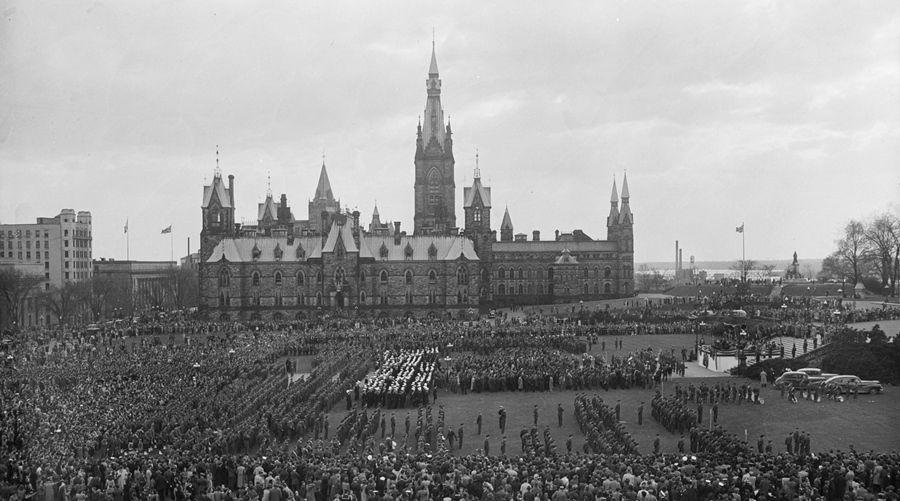
Conclusion
Canada’s involvement in the Second World War was costly. In addition to the 42 000 military personnel that died, 54 000 were wounded, and of the volunteer merchant civilians, 1 600 gave their lives for the cause. For those returning home from serving abroad, the experience represented a completed chapter, both in their own lives and in the history of Canada; they relished the long-awaited opportunity to build normal, better lives for themselves, and a better nation for Canadians.
Cover photo: Military personnel and civilians celebrating VE-Day on Sparks Street, Ottawa, May 8, 1945 (source: Library and Archives Canada / MIKAN no. 3193129).
Re-printed here with the permission of Valour Canada as part of a collaboration between JMS and Valour Canada. To see more articles like this one, check out their Military History Library. Text originally published May 7, 2020. Modified and enriched by Julien Lehoux, May 8, 2025, for Je me souviens.
Sources:
- Read the original article here.
- “From the archives: Montreal celebrated victory a day early“, The Gazette.
- “George “Sparks” Shaker“, Gouvernement du Canada/Government of Canada.
- “‘The nightmare is over’: VE-Day as seen at home and abroad“, CBC.
- “V pour victoire“, Magazine Continuité (in French).
- “V-E Day and V-J Day: The End of World War II in Toronto, 1945“, City of Toronto.
- “Victory in Europe (VE-Day) Remembered“, L’Encyclopédie canadienne/The Canadian Encyclopedia.

